Browning and Winchester’s famous Model 1885 Single Shot Rifle from past to present…
other By: Stan Trzoniec | May, 24
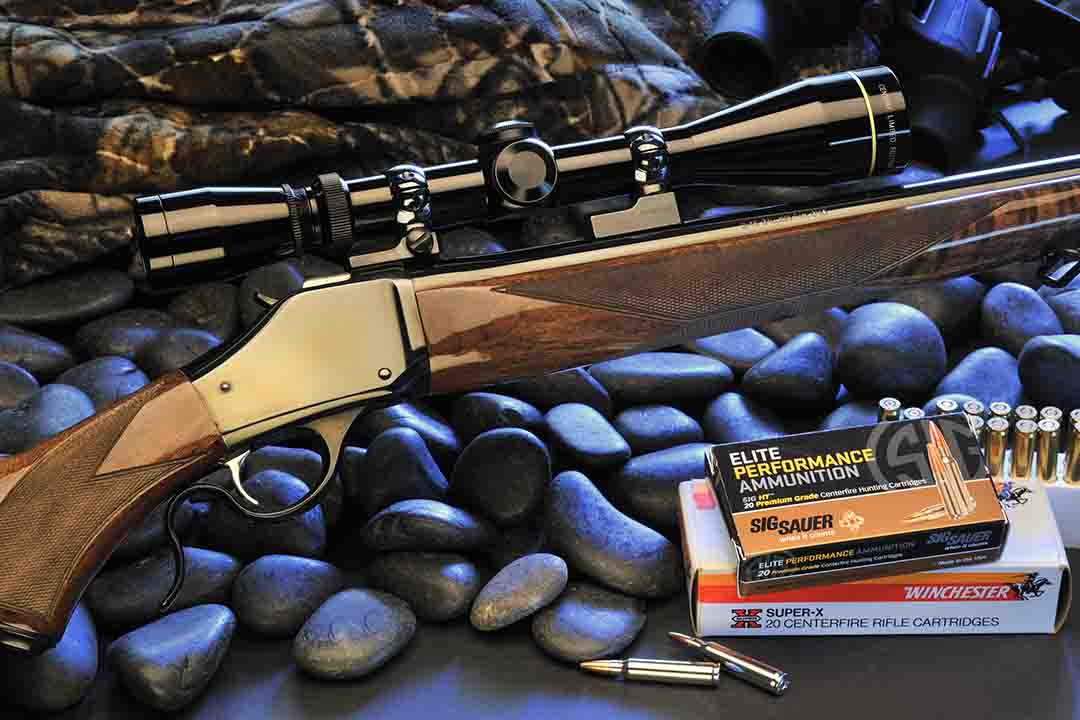
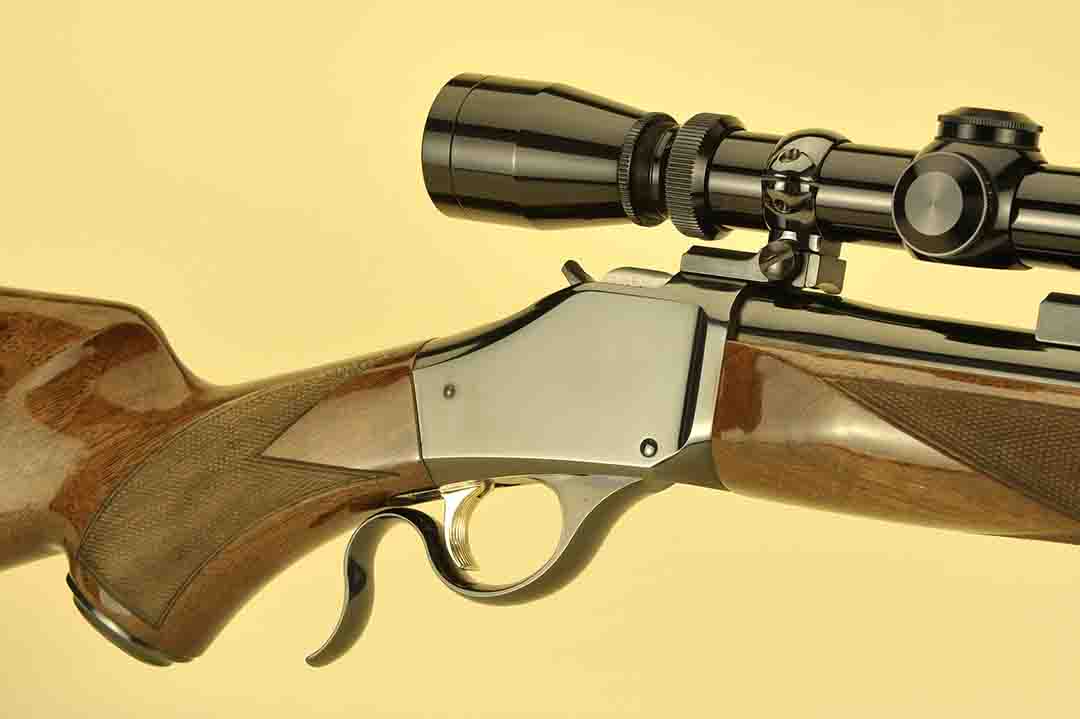
Starting back in 1878, Browning designed a single shot rifle for which he was granted a patent the following year. Back then, everything was being built by hand and John and his brother were painstakingly pursuing their craft from the second floor of a wood building in the small town of Ogden. While the gun was well made, it was receiving moderate success on the market, but the two brothers kept working in the hopes the popularity of the gun would increase.
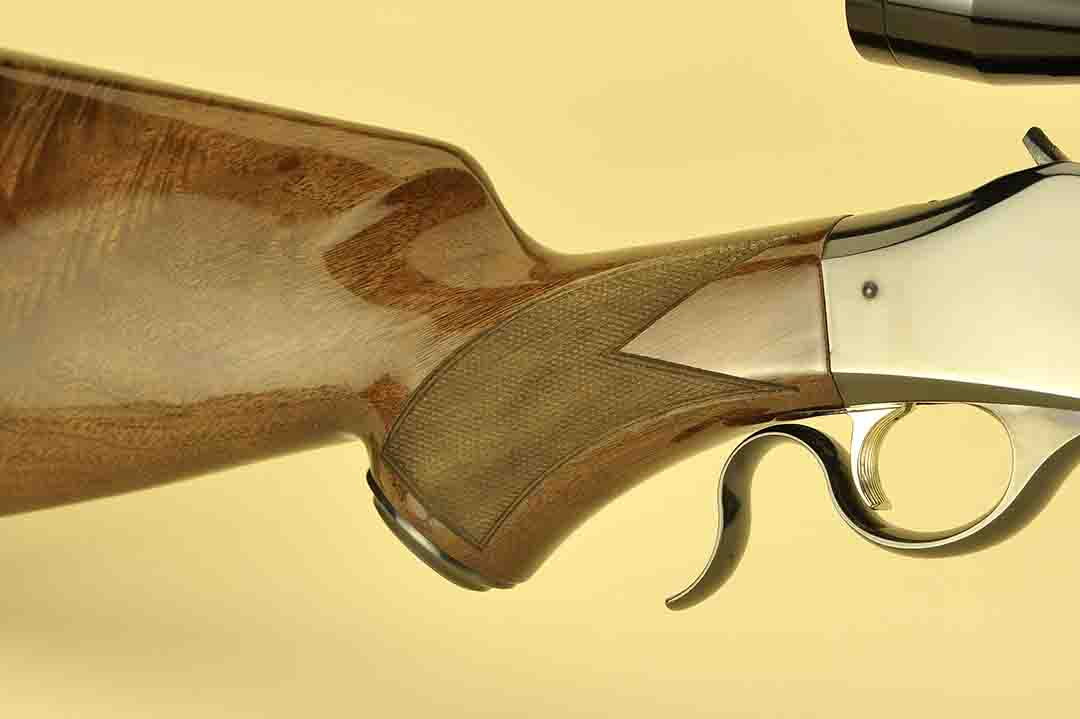
It should be noted that during the course of his life, Browning was considered a workaholic. He would tirelessly sketch out designs that were whirling around in his head, but the idea for a better rifle came in the form of a repair of another model in his shop. Calling this single shot gun a “freak” because of its ungainly design and the fact that it had so many parts, he called his father, Jonathan, over to take a look at it. Shaking his head in disgust, he looked at his son as if looking for a comment or answer to this mass of parts scattered on the bench.
“I could make a better gun than that myself,” John said. Jonathan looked up and answered, “I know you could John Mose...and I wish you’d get at it. I’d like to live to see you do it” – as taken from text and quoted from the American Gunmaker, a biographical book available from Browning Arms on the life and times of John M. Browning. For the first time in his life, John seemed to have full control of his destiny by sketching the design, working on templates and finishing parts to be installed into his new idea of a rifle. Because of his knowledge of firearms, his turnaround time was not two-to-three years like other gunsmiths, but only one year from start to finish. This was a plus on his side, because when he applied for a patent it had to be ready – including drawings, blueprints, model making – before the next deadline before the year of 1878 ended for the application the following year. Considering there was no airmail, he had to hustle. Today, the original or prototype gun is on display at the Smithsonian Institution in Washington D.C.
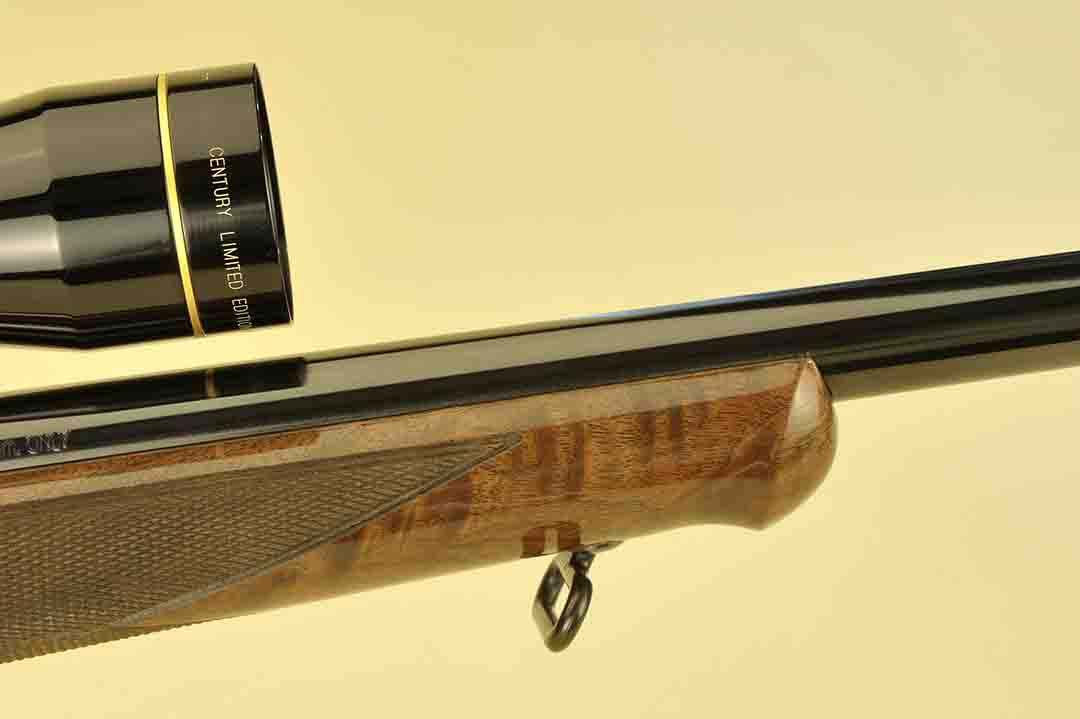
So much in fact, he took the time to travel to Ogden to discuss the purchase of what would become the Winchester Model 1885 rifle. Whether John Browning knew it or not, this would be the start of a long 20-year relationship between Browning and Winchester with both High and Low Wall models for less powerful cartridges. For the price tag of around $8,000.00, Winchester now owned the rights to the gun and immediately went to work on improving the gun and action.
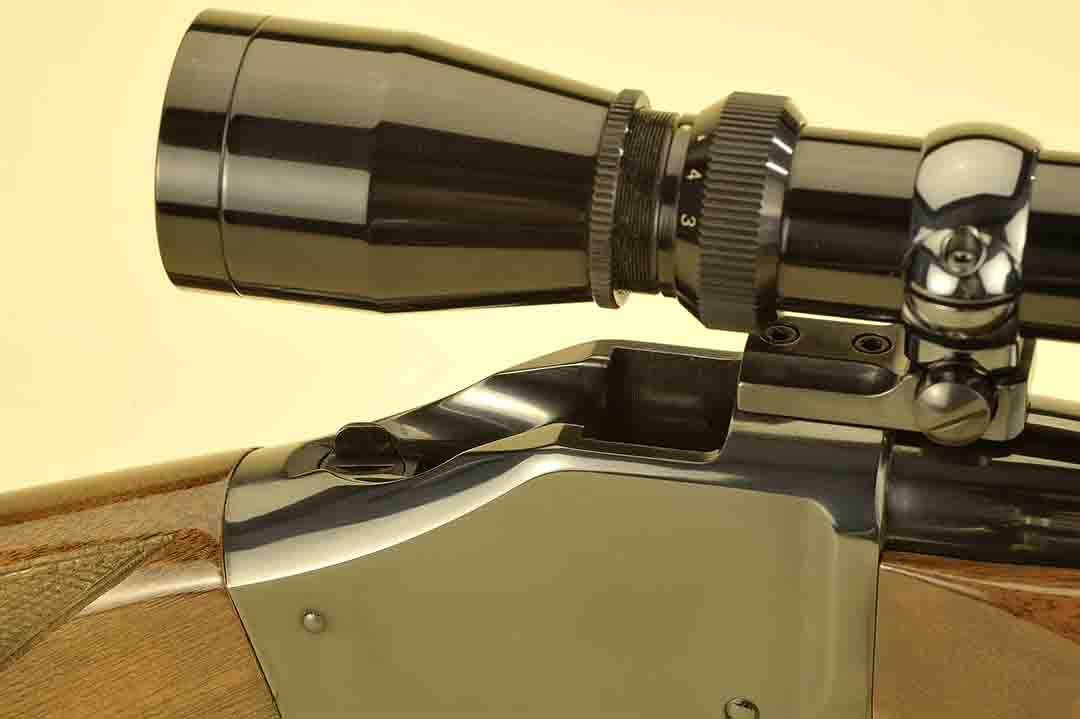
For one thing, Winchester’s engineers, with a factory full of better machines of the time, improved the angle of the falling block to six degrees for a more positive breech seal. As purchased, the receiver was not an easy part to machine, but they went after it, making it stronger in the process. At the onset, Winchester made the gun with flat sides more commonly known as “thick-side High Wall’ receivers. Later, they milled more metal out of the sides to lighten the gun without sacrificing strength, which is the model we see today.
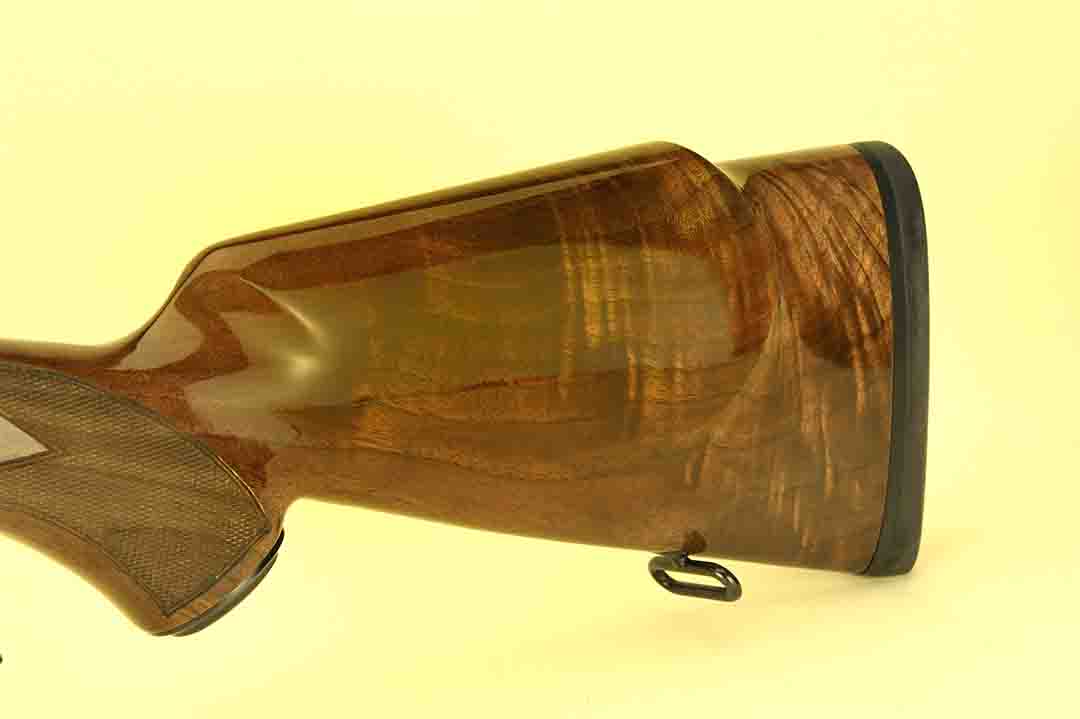
Bringing us up to date and for those who can’t justify the expense of a collector Model 1885 or the time it takes to even find one, there are several options. Winchester is still making the Model 1885 in both High and Low Wall models. Introduced in 2005 under their limited series of long guns, both guns are featured with a number of options and cartridges ranging from the .17 HMR to the .45-70 Government. In between all this, modern entries include the .28 Nosler and both Creedmoor variants. Please keep in mind these guns are made in limited numbers and “will rotate in and out of production on an ongoing basis,” according to Winchester.
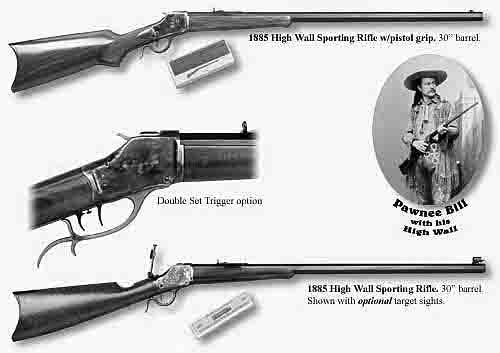
Browning on the other hand, brought back the High Wall in 1973, discontinued it in 1982 in a small variety of calibers. From what I gathered; the gun disappeared from the catalog only to emerge again in limited numbers as a dealer only order at the 2010 Shot Show. With a suggested retail of $1,379 and offered in eight different cartridges, stock did not last long, and this is where I got mine in the .223 Remington. Naysayers – including John Browning himself – may not like this “modern” rendition of the Model 1885, but to me, it was perfect for my small game needs and since I missed the gun on the first go around, I was more than happy to have one in my hands.
No doubt, the gun is all Browning from the glossy wood finish to the highly polished and blued metalwork. In the past, buyers had a choice of either an octagon or round barrel, this time only the round, 24-inch barrel was offered. Free-floated, the Schnabel modeled forearm is mounted on a hanger suspended under the barrel and with a few screws is easily removed for cleaning or maintenance.
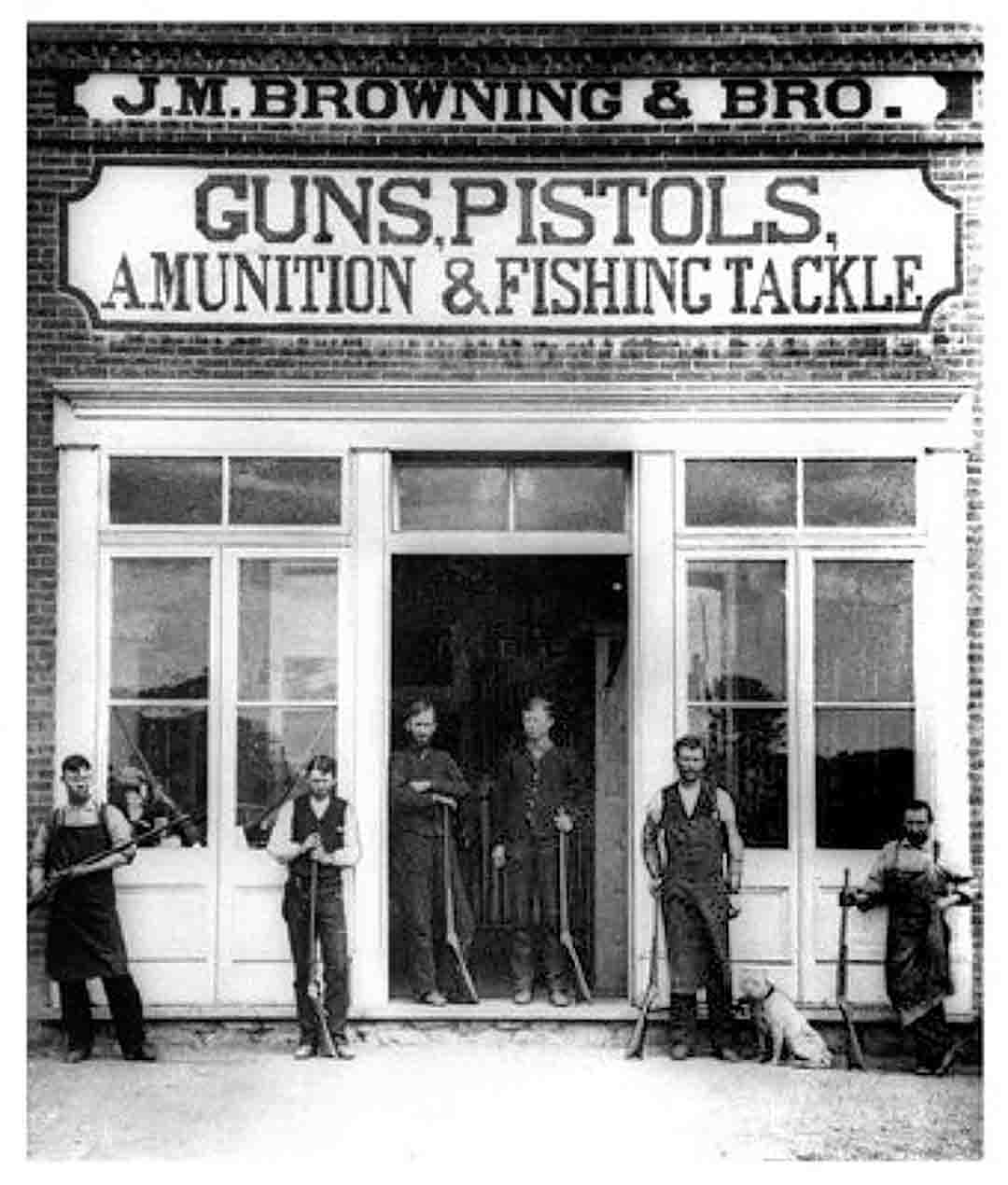
Be it modern or old school, the profile of this Model 1885 variant is pleasing to the eye. The wood is (Browning specifications here) between a Grade III or IV, nicely figured and checkered with a border on both the pistol grip and forend with three panels in a traditional point pattern. Keeping the modern-day appearance, there is a cheekpiece for right-hand shooters – although this being a single shot rifle, is perfect for both right-and-left-hand shooters. Pachmayr flush mounted sling swivels were included and along with a classic Pachmayr recoil pad with a black spacer made a nice package.
Typical of Browning, operation of the gun was smooth as silk. Pushing the underlever down cocks the action while lowering the falling block and hammer. Slide a cartridge into the chamber, raise the lever and you are ready to shoot. Keeping in the spirit of the older model, there is no external safety lever, but a half-cock notch on the hammer insures safety in the field. For convenience, there is case deflector near the tang that allows you to stop the case after ejector, or to send it to the right or left of the shooter. For my needs, I mounted a 3-9x 40mm Leupold scope with their bases and Browning high gloss rings.
With barrels and guns being made today with high tech and dedicated machinery, there was little doubt in my mind that I would have a problem on the range. For sighting and breaking in the barrel, I usually load a mild charge in concert with an average weight bullet for that caliber. Starting out with fresh Federal brass and using 20.0 grains of H-335 with a 55-grain bullet for around 2,800 fps, I fired off enough brass for fireforming, then reloading. After that, it was just a matter of time and shooting before I zeroed on 26.5 grains of BL-C (2) for just over 3,000 fps with three-quarter-inch groups at 100 yards.

Regardless of their pedigree or manufacturer, single shot rifles are fun and challenging to use in the field. If you follow my writings in RIFLE magazine, you will notice that I love these guns and along with vintage cartridges, that make for a good day in the field. While you may be limited to the more standard cartridges in the Browning or Winchester guns, they are historical in nature, fun to use and they are available.

